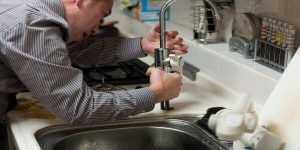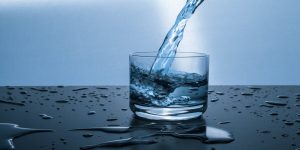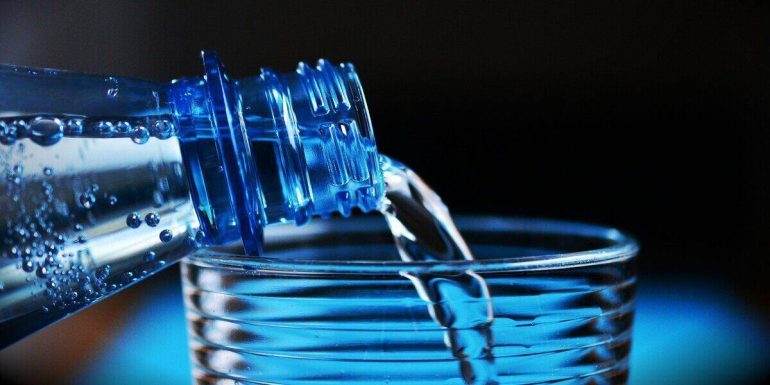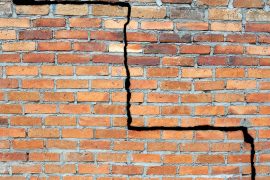How to improve the water quality in your home? This is a very common and important question every homeowner has in their mind.
Well improving the water quality is obviously very important to our health. Since it makes up around 60% of our body weight. Hence, water quality is critical to the health and well-being of you and your family.
With growing concerns to improve the water quality at home. It’s good to take a few steps to ensure there’s a healthy water supply in your home. And you can make sure of that by installing a water softener in your home.
In this article by Exp Water, we will explore a few simple ways that you can take to improve the water quality standards in your home.
Check Your Plumbing

Checking your plumbing is especially important if you live in an old house. Since the pipes may have corroded over the years.
We recommend you hire a professional to come and check out the pipes throughout your house.
Have them also to replace rusted or corroded pipes, especially if for the piping that supplies tap/drinking water.
Here you can find some plumbing tips to check your plumbing setup.
Test Water Quality
There are a few water quality tests out there that you can get. To help you look at trace levels of contaminants present in your water supply.
To conduct a thorough test, you should bring in a professional to do it.
Flush the Pipes
Flushing the pipes in your home is an important step especially if your house was empty for a long time. Water sitting in the pipes can collect debris and contaminants.
If the house was left empty for a week or longer, you should run the water for about two minutes. You can also flush the pipes by running a shower, flushing the toilet, or running the dishwasher.
Water Filtration System to Improve the Water Quality

Regardless of where your water supply is coming from, installing water filters can help you remove any impurities.
There are different water filtration systems available on the market. You can pick from to match your needs and preferences:
1. Whole House Filters
These filters you can typically install at the main water supply before entering your home. To ensure a clean water supply in the entire house for washing utensils, clothes, bathing, cleaning, and more.
Whole house water filters normally consist of a pre-filter. And a main associated filter that can effectively get rid of contaminants.
2. Point of Entry Filters
If you don’t need to have clean water in every part of your home. And prefer to just focus on specific areas. Then point-of-entry filters are a good choice.
Such filters you can normally install on the water-supply line for the kitchen. Such as at the sink and refrigerator where water is used for drinking. Point of Entry filters are quite easy to install with basic DIY knowledge and do not require professional help.
3. Reverse Osmosis Systems
Reverse osmosis water filters adopt a process where it passes water through many semipermeable membranes to filter pollutants, bacteria, and viruses while leaving healthy components like natural minerals in the water.
Such water filter systems can be a little bit more complicated to install and it’s recommended for you to hire professionals to handle the installation.
The membranes should also be replaced from time to time as the impure particles may accumulate over time, decreasing their efficiency.
4. Distillers
Distillers are easy to install and can remove everything from water ranging from impurities to healthy minerals.
These systems heat water into a stream and condense them back into different locations of pure water.
Use Cold Water

Where possible, it’s better to use cold water for drinking and cooking since high temperatures can make contaminants and bacteria dissolve into your water easily. Cold water can isolate these contaminants so that you’re less likely to ingest them.
Replace Faucet Aerators
Faucet aerators are installed at the end of your faucet and act as your last line of defense for most household water consumption.
These screens can have a significant amount of built up over time to affect improve the water quality, flow, and taste.
Faucet aerators you can replace for less than two dollars apiece in the DIY store.
Drain Water Heaters
Other than flushing your pipes, you also need to drain your water heater at least once a year to remove metals, sediment, and bacteria that have built up on the tank of the water heater.
Draining the water heater can also help you improve water pressure as it removes any contaminant that may possibly block the supply.
Installing Water Softener to Improve the Water Quality
Water softener work is to remove hard minerals like calcium and magnesium from your water supply.
Removing such chemicals in your water can lead to many benefits to you and your in-house plumbing.
Softened water does not wear on pipes as hard water does and they’re also much gentler on your skin during showers.




